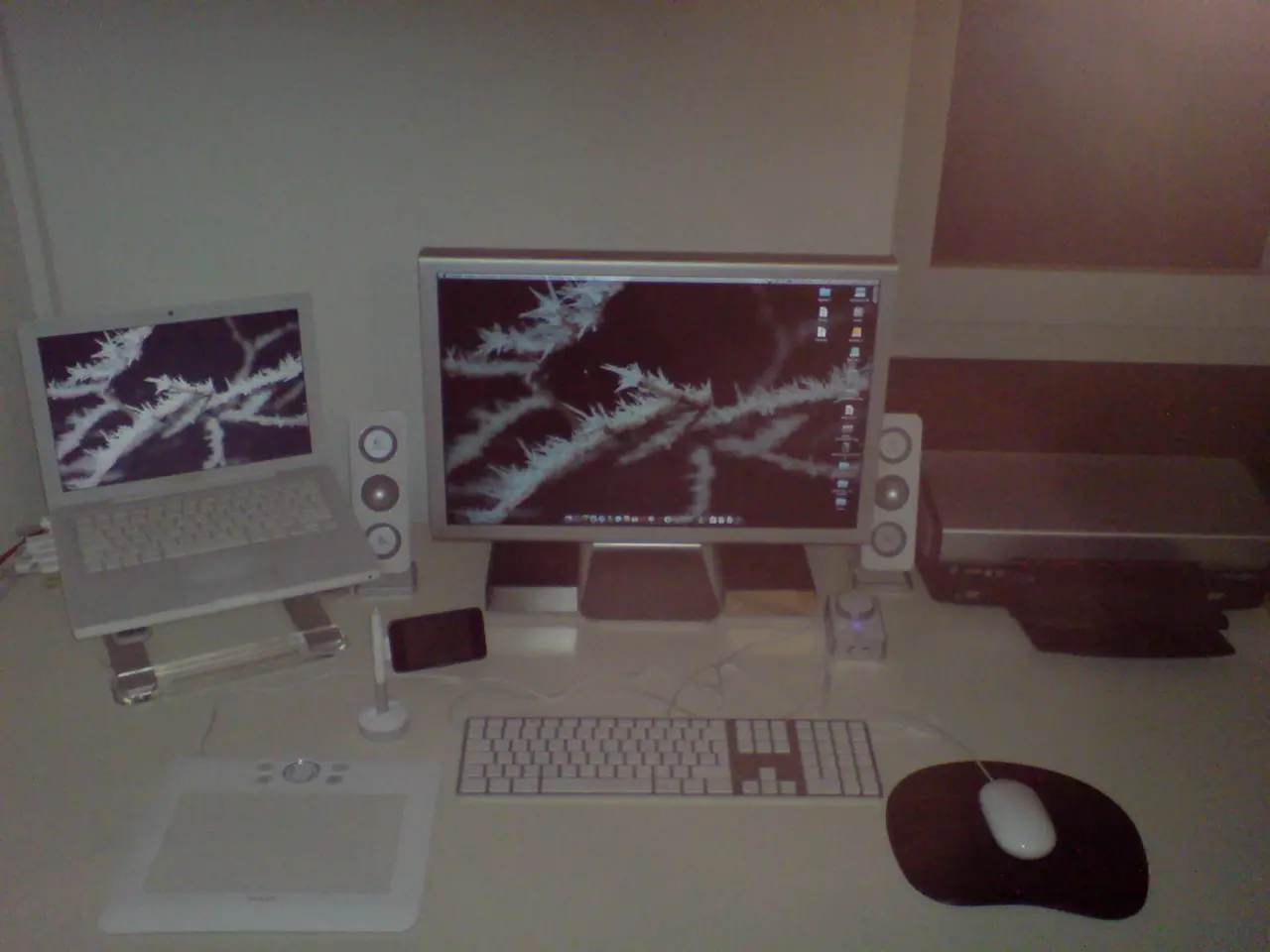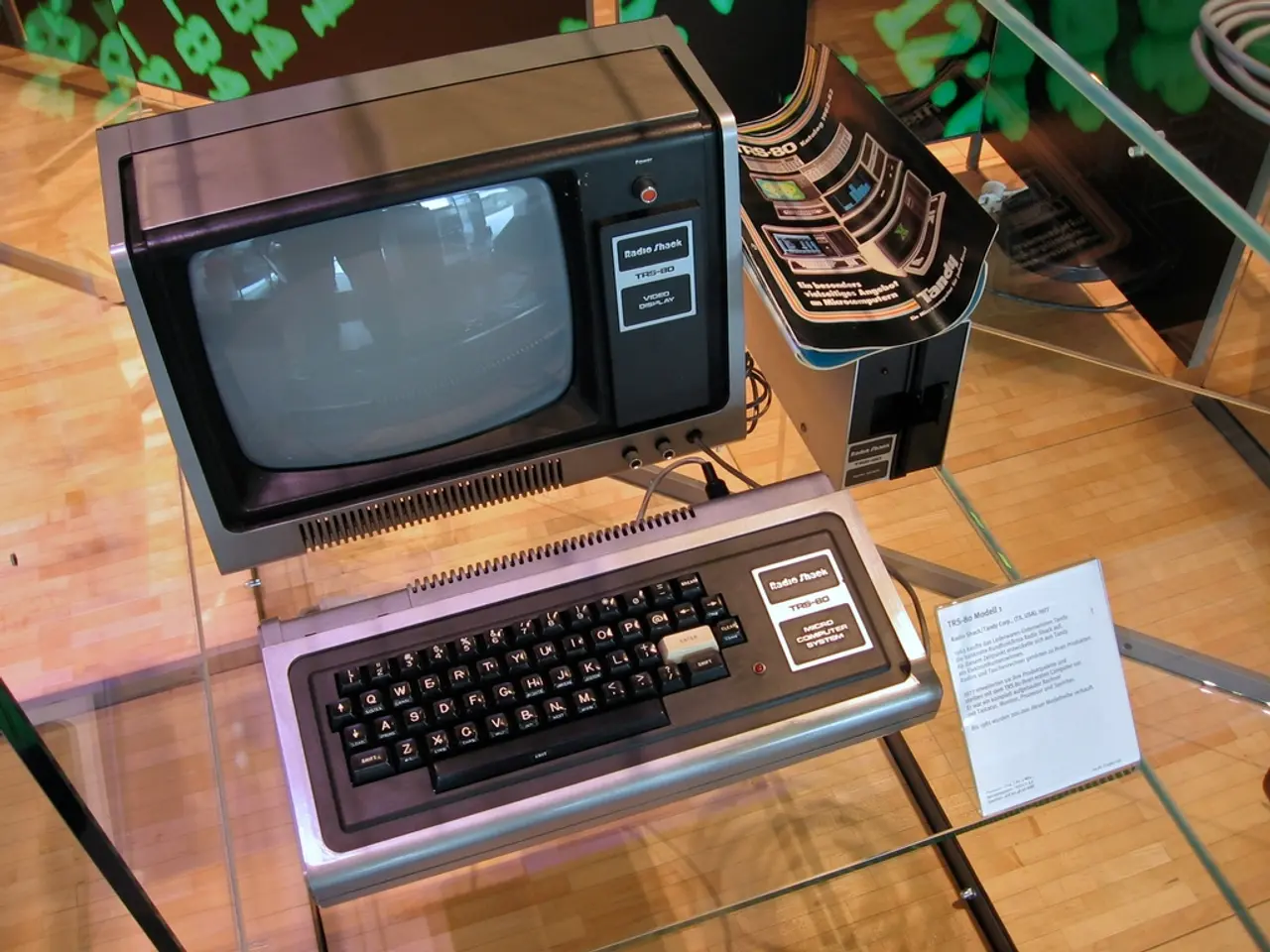Digital Sensory Components in Car Engineering: Adding a Spice of Technology to Mechanical Dish
In the rapidly evolving world of automotive technology, sensors have become an indispensable part of modern vehicles. Today's vehicles are equipped with a wide range of sensors for high-level performance, safety, comfort, and convenience.
The Rise of Automotive Sensors
The miniaturization and surge of Internet of Things (IoT) technology are key factors driving the demand for automotive sensors. Market segments such as passenger cars currently hold a major share of the automotive sensors market. Sensors used for parking, seating arrangements, climate, and tilt alarm have recently come into practice.
The Power Trio: LiDAR, Radar, and Camera Sensors
LiDAR (Light Detection and Ranging), radar, and camera sensors each contribute distinct but complementary capabilities to the sensory vision of autonomous vehicles, enabling robust perception for safe navigation.
LiDAR: Precise Spatial Positioning
LiDAR provides precise spatial positioning by using laser pulses to create a detailed 3D map of the vehicle’s surroundings. This high-resolution spatial data helps identify the exact shape and location of objects, essential for understanding complex environments and detecting static and dynamic obstacles with accuracy.
Radar: Long-Range Detection and Velocity Measurement
Radar sensors emit radio waves to detect objects and measure their distance and speed via the Doppler effect. They boast longer detection range and perform well in adverse weather conditions, where cameras and LiDAR may degrade. Radar excels at tracking the velocity of objects around the vehicle, enabling motion prediction.
Cameras: Rich Visual Information
Cameras provide rich visual information such as colors, textures, signs, lane markings, and pedestrian gestures. They are crucial for semantic understanding (e.g., recognizing a pedestrian crossing, traffic lights). However, they are limited by lighting and weather conditions compared to radar and LiDAR.
Sensor Fusion: Unified Perception for Autonomous Vehicles
Autonomous vehicles combine data from all three sensors to create a unified, comprehensive perception that leverages the strengths of each. For example, cameras detect pedestrians visually, LiDAR refines their precise location, and radar tracks their speed. Fusing these sensors compensates for individual limitations, ensures redundancy, and increases reliability and safety.
The Future of Autonomous Vehicles
Autonomous driving vehicles are generating extensive buzz across the global landscape. Google and Uber are developing self-driving vehicles with rotating roofs for 360° visibility. Calculating absolute pressure on the inlet manifold valve for early ignition is the first and most important application of sensors in an automobile.
Advanced communication capabilities of vehicles are dependent on real-time data gathered from automotive sensors. Automation and connected vehicle technologies will likely boost demand for automotive sensors like 3D sensors, LiDAR sensors, and Radar sensors.
Conclusion
Together, LiDAR, radar, and cameras provide a layered, complementary sensory vision crucial to the robust perception needed for autonomous vehicle operation. The integration of these sensors will play a significant role in the development and widespread adoption of autonomous vehicles.
| Sensor | Key Contribution | Strengths | Limitations | |----------|-----------------------------------|--------------------------------------------|------------------------------------| | LiDAR | Precise 3D spatial mapping | High accuracy spatial resolution | Sensitive to weather, cost | | Radar | Range, velocity measurement | Long range, works in poor weather | Lower resolution than LiDAR | | Camera | Visual context and semantic info | Detailed imagery, color, signs, gestures | Affected by lighting/weather |
[1] LiDAR, Radar, and Camera Sensors for Autonomous Vehicles
[2] Autonomous Vehicle Sensor Fusion: A Survey
[3] Radar Sensor for 360° Surround-View Detection in Autonomous Vehicles
[4] 3D LiDAR Sensor for Autonomous Vehicles: A Review
- The surge in data-and-cloud-computing technology, particularly in the automotive industry, will likely drive the demand for advanced LiDAR, radar, and camera sensors in autonomous vehicles.
- Finance plays a crucial role in the development and deployment of controlled impedance sensors for autonomous vehicles, as these sensors are essential for precise absolute pressure measurement on inlet manifold valves, contributing to early ignition in the automotive sector.
- The integration of LiDAR, radar, and camera sensors for autonomous vehicles is poised to revolutionize transportation, with these technologies promising to enhance safety, mobility, and traffic flow, especially with the growing emphasis on technology and connected vehicles across global finance and industry.




